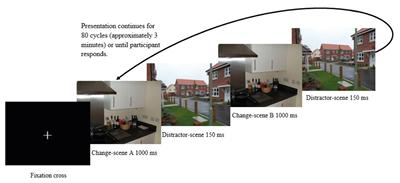The Pain Research Laboratory (PRL) was established at the University of Southampton in 2004 by Prof Christina Liossi. Members of the PRL include senior academics and clinicians, researchers, technicians, undergraduate, postgraduate and PhD students. Together they work on a range of exciting and innovative projects pushing the boundaries of knowledge and increasing our understanding of the psychological aspects of acute and chronic pain throughout the lifespan and improving how pain is managed by addressing its psychological correlates.
Our programmatic research focuses on three intertwined themes:
- the cognitive and affective neuroscience of pain,
- the development of theory driven psychological interventions for the management of acute and chronic pain, and
-
the evaluation of the efficacy and effectiveness of psychological interventions in pain management.
Below you will find a list of PRL members, along with the active projects they are currently working on with national and international collaborators.
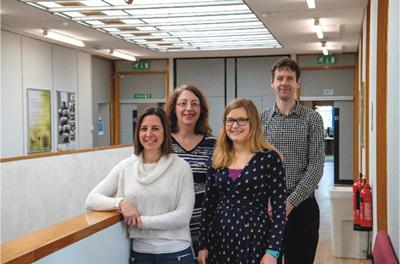
Members of the Pain Research Laboratory
Academic Staff
Professor Christina Liossi
(Director of the Pain Research Laboratory)
Dr Daniel Schoth
(Deputy Director of the Pain Research Laboratory)
Research Fellows
PhD and Professional Doctorate Students
Miss Philippa Broadbent, Miss Lauren Baggeley
Lab Alumni
Dr Kim Bull
Former Graduate Students and Postdoctoral Fellows
Dr Simone Holley, Dr Polly Langdon, Dr Miznah Al-Abbadey, Dr Dan Powell, Anna Hurley Wallace, Lauren Johnson
Facilities and equipment
The PRL features a dedicated temperature-controlled laboratory (along with a private waiting area and kitchen) which hosts state-of-the-art quantitative sensory testing equipment, including the TSA-II Neurosensory Analyser, a bespoke cold-pressor task, Rolltemp rollers, a handheld digital algometer, pinprick stimulators, and a set of von Frey hairs among others. The lab includes two computers, specialist and bespoke software packages for conducting experimental studies, neuropsychological assessments and meta-analyses, and has access to a mobile eye-tracker.
Below: Dr Schoth using the TSA-II Neurosensory analyser to apply controlled noxious and non-noxious heat and cold sensations via thermode to a former PhD student Sam Georgallis.
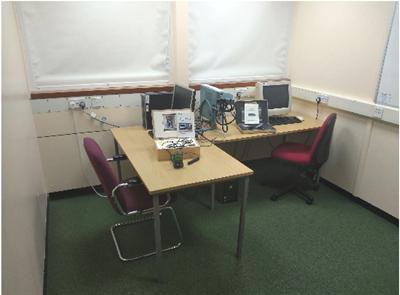
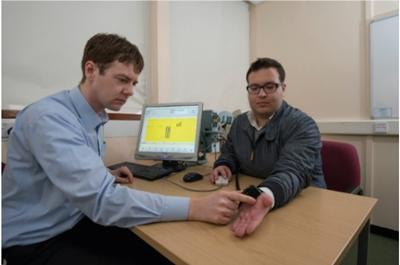
Current Projects
- Managing pain in children
- Cognitive biases and their relevance in pain onset and management
- Systematic reviews and meta-analyses
Managing pain in children
A number of projects are currently running in collaboration with researchers at Great Ormond Street Hospital, each of which aims to improve how pain in managed in children.
PARAMOUNT: A multi-centre trial which aims to describe the barriers and facilitators experienced by carers and Health Care Professionals (HCPs) when managing medicines for pain relief for children and young people (CYP) at the end of life (EOL) in out of hospital settings and to develop a structured tool that will educate and support carers and HCPs.
DIPPER: A multi-centre feasibility trial aiming to identify the barriers and facilitators for taking part in an end-of-life RCT of oral morphine/ transmucosal diamorphine for CYP and ascertain the willingness of clinicians to recruit participants.
POMS2a: A multi-centre randomised controlled trial comparing nocturnal auto-adjusting continuous positive airway pressure (APAP) and nocturnal oxygen therapy (NOT) in adults and children with sickle cell anaemia, with patient quality of life, pulmonary physiology (adults), safety, daily pain, and neuropsychology outcomes.
PROMOTE: The PROMOTE (Patient reported outcome measures to enhance communication and quality of life) study, funded by The Brain Tumour Charity aims to develop and adapt an available online Dutch method (KLIK) to systematically assess health, well-being, and concerns using patient-reported outcome measures (PROMs) relevant to children treated for brain tumours and their families and feedback the information to clinicians at routine outpatient clinics.
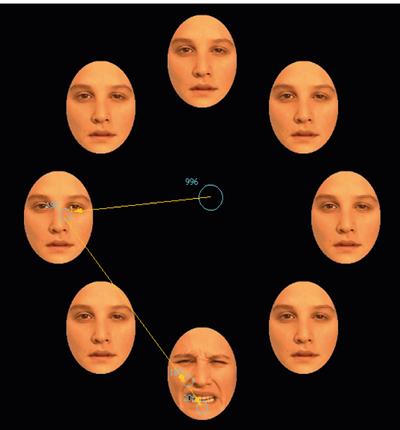
Cognitive biases and their relevance in pain onset and management
We have pioneered the investigation of pain-related cognitive biases, including those in attentional, interpretation and memory, across a range of adult and paediatric populations. We use a variety of novel experimental paradigms and methods in this line of investigation, including computerised paradigms such as the visual-probe task, spatial cueing task, and incidental learning task, along with the concurrent recording of eye-movements to provide an online index of attentional engagement. We have summarised the cognitive bias literature in our highly cited systematic reviews and meta-analyses. Our research has contributed the theoretical and methodological advances in this field, and we are currently exploring the therapeutic benefits of cognitive bias modification in a randomised controlled trial of individuals with chronic musculoskeletal pain.
Assessing Pain-related Cognitive Biases: From the Lab to the Internet
In this video Philippa Broadbent discusses her PhD research and how she has responded to the COVID-19 pandemic and associated restrictions in the use of laboratories.
